Dan Berger’s Wine Chronicles: A Cynic’s Glossary of Wine
Sip Happens — A Field Guide for the Disillusioned Drinker
Local. Independent. Funded by you.
This is our version of a pledge drive.
For the next two weeks, all content is behind a paywall — including our usual free Wednesday, Thursday, Friday and Sunday stories.
We’re doing this to remind you: Napa Valley Features runs on reader support. No ads. No corporate owners. Just real local stories.
We’ll return to our regular mix of free and subscriber-only content on May 23.
If you’re already a paid subscriber — thank you. If not, now’s the time. Help keep independent journalism alive in Napa Valley.
A Cynic’s Glossary of Wine
By Dan Berger
NAPA VALLEY, Calif. — “The Devil’s Dictionary” is author Ambrose Bierce’s early 20th century parsing of the English language with wit and dry humor. Often it is acerbic, cynical or just plain mean-spirited, all in the quest of giving simple words a bit of color.
I consider Bierce to be one of America’s greatest humorists, and his frank comments were occasionally a bit edgy. Examples:
“Year, n. A period of three hundred and sixty-five disappointments.
“Neighbor, n. One whom we are commanded to love as ourselves and who does all he knows how to make us disobedient.
“Lawyer, n. One skilled in circumvention of the law.
“Consult, v. To seek another’s approval of a course already decided on.
Challenge your vocabulary with this week’s mystery word. Submit your answer in the poll, and check the bottom of the page for the correct answer.
I imagine a modern-day humorist could do an updated look at various specific disciplines in a similar manner, like automotive mechanics, classical music or brain surgery. Such an undertaking clearly could be extremely humorous to those who are involved in each specific discipline but might have marginal use to the general public.
Wine seems to be a good subject for the Bierce treatment. Too often the definitions of basic wine terms are given in a book or magazine article. But most such glossaries that I have seen are either astoundingly boring or they are in a language that’s so technical that the average reader (for whom it is written) gets lost.
One problem with a wine glossary is that it’s extremely difficult to assemble one that does not include some of the chemistry or even microbiology that has recently gone into the making of some of the best wines in the world.
Despite the notion that making wine is an ancient craft that could be easily capsuled to look like it’s nothing more than grape juice that’s fermented, making wine today entails equipment such as Flash Détente, DTMA, spinning cone, pneumatic punch-down tanks, crushers and at least a dozen other modern-day items.
The bottom line, however, is that most of this stuff has no particular meaning for wine consumers. The following glossary is intended to get to the point of various terms without using obscure or technical jargon.
Acetic: A vinegar-y character in wine that is essential for certain wines so they can get a score of 100 from some self-proclaimed wine expert.
Acid: Tartness in a wine, considered to be a flaw by many wine critics.
Aftertaste: The flavors of a wine on the palate after you have finished swallowing. Also called the finish. The aftertaste is completely unnecessary in high-scoring, high-alcohol, high-priced red wines.
Alcohol: The element that makes up between 7% and 20% of almost all wines. There is a direct correlation between the alcoholic content of a wine and the score it receives from critics.
American oak: Quercus alba, the U.S.-grown oak used to make barrels for the aging of whisky and some strange chardonnays. Those people who score wines by number say that the use of American oak limits a wine to no more than 94 points.
Balance: A harmony between all the elements in a wine. Unnecessary in high-scoring wines.
Barrel: A 58-gallon wooden vessel used in the destruction of varietal aromas.
Barrel-fermented: A government-approved falsity related to how some expensive chardonnays are made using oak chips.
Beaujolais: A district in France in which the red wine grape gamay noir a jus blanc is dominant. The highest-scoring Beaujolais in history was awarded 54 points.
Blend: Usually a mixture of different grape varieties where the goal is to destroy a wine’s distinctive characteristics.
Bordeaux: A huge district in France’s southwest that is home to long-lived red and white wines that Americans pay too much to buy and usually drink too soon amid much grumbling.
Brix: A measure of the percentage of sugar in grapes at picking. Most table wines are harvested with Brix levels that directly correlate to retail prices. The higher one is, the higher the other is.
Brut: A term seen on labels of slightly sweet sparkling wines that merchants will swear on a stack of Wine Advocates are dry.
Burgundy (white): An important growing region in France in which chardonnay grapes produce wines that most Americans will never understand.
Burgundy (red): An important growing region in France in which pinot noir produces wines that most Americans will say they understand but do not – and cannot afford anyway.
Cabernet sauvignon: A major red wine grape that has enough tannin to clean a cast-iron skillet and that sells mainly to Americans who complain about its astringency.
Carbonic maceration: Method of making Beaujolais Nouveau by dumping whole clusters of grapes into a bin and letting them ferment inside their own uncrushed grape skins for a few days. Makes wines that are almost always disparaged by snobs.
Chablis: District in northern Burgundy where a chardonnay-based white wine is made, unknown in California wine retail shops and restaurants.
Chaptalization: The process of adding sugar to grape juice that is deficient in it to make sure the resulting wine has sufficient alcohol. Chaptalization is illegal in California but it is widely employed anyway.
Chardonnay: Primary white-wine grape grown in Burgundy and Champagne. Also widely planted around the world (California, Australia, New Zealand, even parts of northern Italy). In California: a widely sold sweet white wine with almost no character at all except oak.
Chianti: Tart red wine from Tuscany in Italy made almost exclusively from the sangiovese grape. Misunderstood by California wine-buyers.
Claret: English term for a red Bordeaux wine, also used incorrectly by some to mean simply any red wine.
Fermentation: The conversion of sugar in grape juice (or other liquids) into ethyl alcohol and carbon dioxide. According to some people who have initials after their names, this process creates a toxin.
Malolactic fermentation: a simple way of converting chardonnay from a food-compatible beverage into a cocktail wine.
Merlot: The second most important red wine grape in Bordeaux, after cabernet sauvignon, now widely disparaged because a character in a movie said some unkind and incorrect things about the wines it produces.
Muscadet: A delicate, crisp white wine made in France’s western Loire Valley that most Americans believe is sweet.
Muscat: A family of the world’s oldest grapes that can make a light, usually sweet wine in northern Italy and Alsace as well as in other regions.
Oak: The widely preferred aroma and taste of expensive cabernets.
Off-dry: Descriptor applied to most California red wines.
Pinot noir: Lighter-weight red wine that some California producers mistakenly believe should be at least as dark as Napa Valley cabernet.
Riesling: Considered by many to be the finest wine grape of all but widely ignored by most American wine consumers to their own detriment.
Sangiovese: Superior red grape grown in Italy’s Tuscany region to make Chianti and other Tuscan reds, such as Brunello di Montalcino. Often blended with cabernet sauvignon to make so-called “super Tuscan” blends that provide all the excitement of pablum.
Sauternes: District in Bordeaux that makes primarily sweet, concentrated dessert wines from the sémillon and sauvignon blanc grapes. One of the wine world’s greatest dessert wines, almost unknown in this country.
Sauvignon blanc: A classic white grape widely planted in the Bordeaux and eastern Loire regions of France. Has a distinctive grassy edge to its aroma, which most American versions are thwarted of having.
Sémillon: Classic white grape widely grown in Bordeaux, Australia and some areas of California. Often blended with sauvignon blanc. When affected with the fungus Botrytis cinerea, it produces sweet whites of exceptional quality such as those of Sauternes.
Shiraz: See syrah.
Syrah: Classic red grape originally from Persia and considered the finest red wine of France’s Rhone Valley, where it is at the heart of the great Hermitage wines. In Australia, where it makes a long-lived, power-packed wine, it is known as shiraz. Also grown in California with far less distinctive character.
Tannin: Natural component of the skins and seeds of grapes that gives a wine an astringent mouthfeel. It is what makes cabernet so disliked by people who do not understand its native bitterness.
Zinfandel: Grown primarily in California, a popular red grape that makes high-alcohol red wines that once were popular but are now fading into obscurity. Considered to be the same as a Croatian grape variety called Tribidrag.
—
Dan Berger has been writing about wine since 1975.
Wine Discovery:
2019 Monticello Cabernet Sauvignon, Oak Knoll, Napa Valley, Block 2, Clone 4, “Corley Reserve” ($110) – This relatively rich blackberry-scented and varietally correct version of a Napa cabernet is rich and loaded with beautiful flavors. But its greatest feature is its balance and food compatibility. With only 14.2% alcohol, it benefits from being decanted for an hour and then comports itself with a degree of personality and grace that beautifully illustrates the structure of so many Oak Knoll red wines.
Today’s Polls:
This Week's Word Challenge Reveal:
The correct answer is B: Woody growth in grapevines. "Lignification" is the process by which green, flexible shoots in plants are reinforced with lignin, a natural compound that hardens and strengthens cell walls. While it occurs in many plant species, it is especially important in grapevines as they transition from active growth to dormancy. As shoots lignify, they become woody canes, better equipped to survive winter and store energy for the next growing season.
In winegrowing, lignification is a key indicator of vine maturity. Well-lignified canes show that the vine has completed its vegetative cycle, helping inform pruning strategies and long-term vine balance. Poorly lignified wood, by contrast, may lead to winter damage and reduced vigor the following year.
The word comes from the Latin lignum, meaning "wood." Though often overlooked, lignification is a vital part of the annual vineyard cycle.
Explore These Related Articles:
Browse All Napa Valley Features Stories
—
The views, opinions and data presented in this article are those of the author and do not necessarily reflect the official policy, position or perspective of Napa Valley Features or its editorial team. Any content provided by our authors is their own and is not intended to malign any group, organization, company or individual.


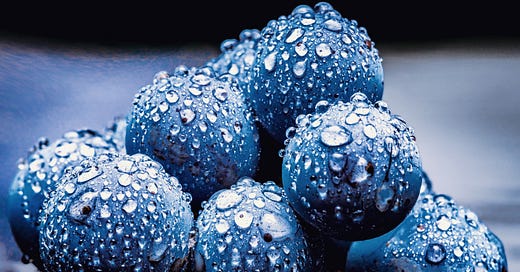



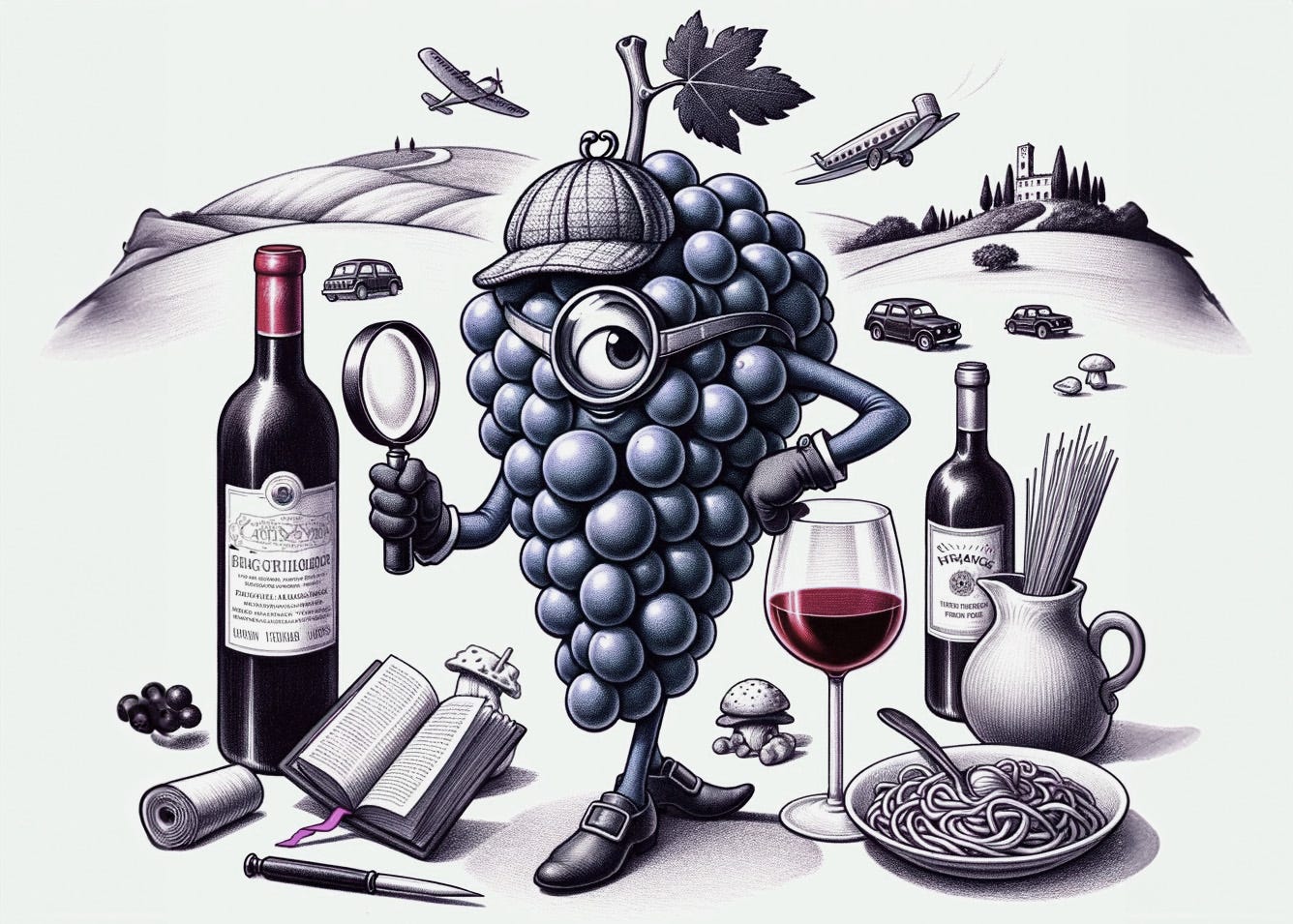

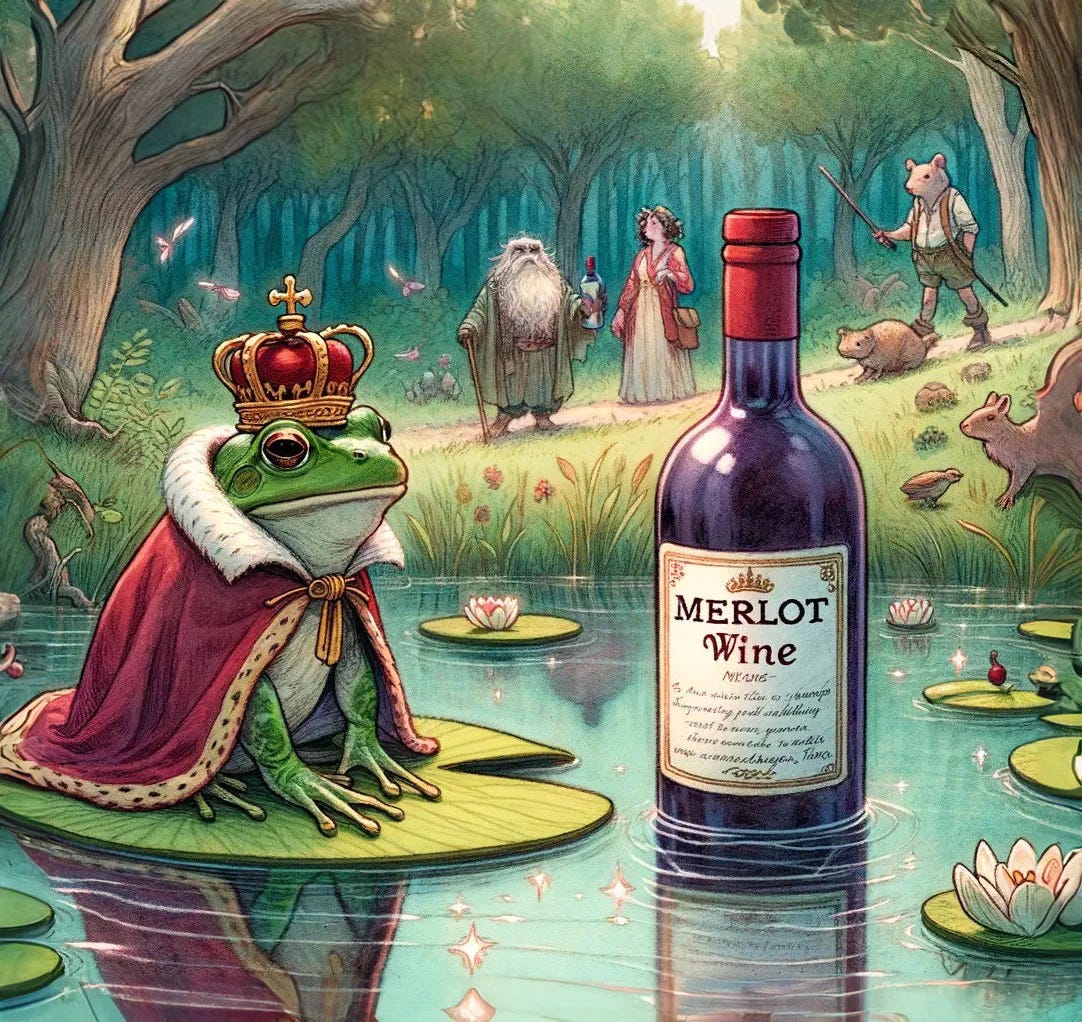
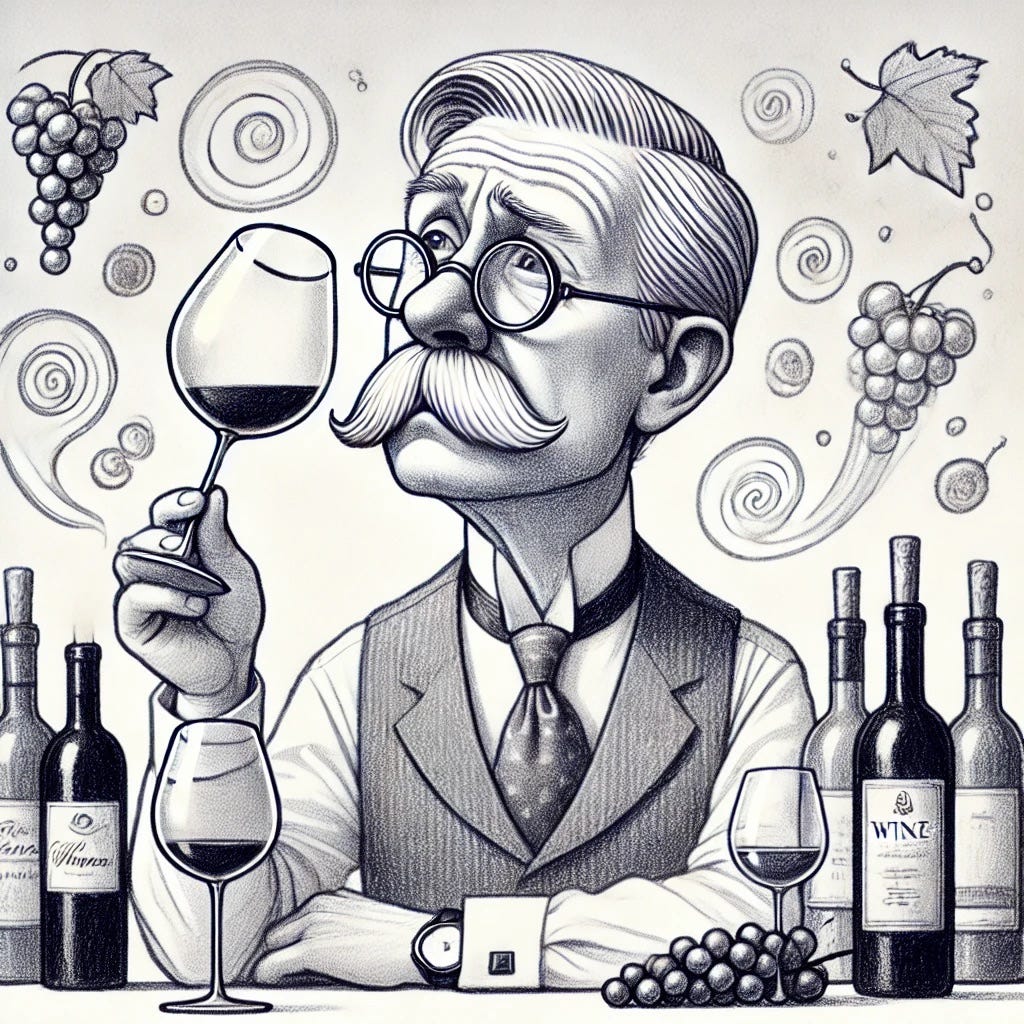
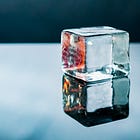
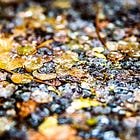
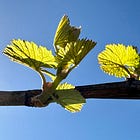



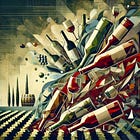
Loved the glossary!